Jean-Marie David, you are in charge of Digital Customer Relations at Allianz France. What is your role and what are the challenges for a brand like Allianz?
The mission of the "Digital Customer Relations/New Relationship Modes" team is to offer business expertise in customer relations applied to digital transformation, new products and services, including connected objects, and new digitised processes, both for distribution/underwriting and management/claims.
For each project, we build know-how that doesn't exist before (learning, creation, implementation), we formalise it (knowledge base, drafting of processes, drafting of standard responses, etc.) and, if successful, we industrialise it (choice of tools and parameters, IT implementation, training and handover to operational teams).
We work in all areas of insurance (life, non-life, all distribution networks), across a wide range of disciplines (project teams, IT teams, operational business teams, partners, etc.).
The challenges are in line with the brand's strategy of digitalisation and ongoing innovation. A team like ours illustrates the concrete aspect of the strategy adopted: we explain to our customers and our sales staff how to take a screen capture from their smartphone, to solve a Bluetooth connection problem and therefore benefit from a premium reduction... that's something very new for an insurer. We provide training in customer relations issues on social networks, how to respond, at what speed, using what tone and what tools.
You used to talk to customers at Mondial Assistance, another subsidiary of the Allianz Group. Is the relationship with customers on social media comparable between an insurer and an assistance provider?
Yes, because customer contact remains very similar, particularly in travel insurance where the claim is the moment of truth and the rhythm remains mostly asynchronous and text-based, centred on compensation, which is sometimes contentious. The job is to give visibility to our action ("look at how we respond to our customers") and to push the contact towards the offline/invisible ("give me the details by email", "use your customer space"...) both to protect the brand by obliterating the negativity of the post and to protect the customer who spills their personal data all over the social network (their address, telephone number, email, contract number, etc.).
What's more, the presence and visibility objectives of brands, both insurers and assistance providers, are still focused on underwriting. We try to vary the pleasures through content marketing (travel blog, car community), but the aim remains the same: to sell insurance.
Having said that, the assisteur has the advantage of working on a service basis (excluding travel insurance), where we are talking about car, medical and home assistance and therefore breakdown services, replacement cars, ambulances, plumbers, etc., but customer contact is still very much limited to redirecting them to the traditional telephone channel and possibly managing a few complaints about a delay in the intervention or response.
The assistance provider could give more visibility to its action (tweets of the breakdown mechanic in action, facebook report, youtube testimonial...) which exposes the concrete advantages of subscribing to its services. Insurers could also follow this path with their new compensation methods (Allianz offers compensation in the form of Amazon vouchers, for example). Its actions would serve as reassurance to win new customers, as well as building loyalty and retention.
Recent studies have highlighted the growing mistrust of insurers among the French: can digital technology enable companies to reverse this trend?
This should help reverse the trend.
Digital channels are very rich in potential content (multimedia, rapidly distributable, with high local value); by systematically highlighting its operations (NPS, service quality, claims handling times, 5-star reviews, customer feedback, etc.), these channels can play a major role in reassuring customers.
But this presupposes the development of operating resources, to harvest, enhance and publish this content. This resource time is very often underestimated. It is not free.
How involved are operations in RelaC on social networks?
After the era of the Community Manager 2010-2015, it is now time to specialise this profession into differentiated sectors. The CM can no longer remain the Swiss Army knife for everything if your presence on social networks is growing. In that case, it becomes difficult to do community management, content, customer relations, PR, influence and internal education... The CM should not be limited to "quickly" routing a claimant to the back office (management department, quality/complaints department, after-sales service...) because the development of your presence generates a mass of customer contact to be managed and integrated into your operations. The CM is therefore likely to be quickly overwhelmed by this activity.
There are two possibilities: 1) involve operations in customer contact on social networks, which means reassuring them and convincing them to get involved, then training them in the particularities of this activity (tone, pace, e-reputation risk, good practice, etc.), with provision for a control/security process, or 2) training one or more Community Managers in the Social Media team, who are capable of operations and whose job is to take care of customers by providing a superior level of response and processing; ideally, a CM capable of launching/validating a quote, opening a claim and/or modifying a customer file (and therefore having the IT rights to do this).
In my opinion, we need to take advantage of the text/messaging solutions that have been flourishing over the last few years to learn and build up basic RelaC know-how in social networks, and to do so in relative comfort: in fact, this channel is most often semi-public, you are on a social network but the exchange is not public, so the risk of visibility is reduced; this is an opportunity for operational teams to get to grips with this new mode of customer service.
Jean-Marie David, Head of Digital Customer Relations at Allianz France





